Our guide to the 10 haunted places in Japan will take you through eerie forests, abandoned villages, and ghost-infested tunnels. Japan’s rich folklore and history have given rise to some of the world’s most chilling paranormal sites. From the infamous Aokigahara Forest to the cursed ruins of Inunaki Village, these locations hold spine-tingling stories of spirits, restless souls, and mysterious disappearances. Whether you’re a thrill-seeker or a history lover, these haunted spots offer a mix of legend and reality. Dare to explore? Read on to uncover Japan’s most terrifying haunted destinations!
Top 10 Haunted Places In Japan
Experience a surreal combination of chills and thrills with our comprehensive list of the 10 most reputed haunted places in Japan worth visiting:
1. Aokigahara Forest
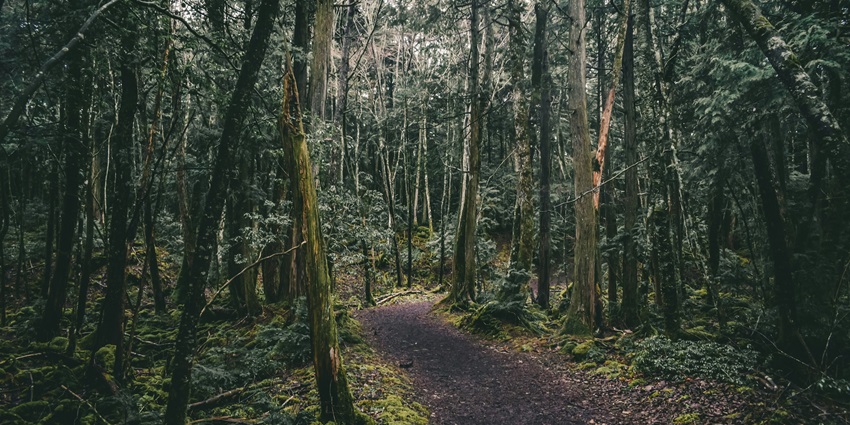
Photo: Jake Weirick / Wikimedia Commons
Aokigahara, sometimes referred to as the “Sea of Trees,” is a thick forest located at Mount Fuji’s northwest base. Its thick foliage and quiet ambience have contributed to its eerie reputation. The forest is historically associated with various legends and has been the subject of numerous stories and films. The forest floor consists primarily of volcanic rock from Mount Fuji’s eruptions, making it challenging for plant life to thrive in certain areas.
Major Attraction: Narusawa Ice Cave
Nearest Airport: Tokyo Haneda Airport
Nearest Railway Station: Kawaguchiko Station on the Fujikyuko Line
2. Inunaki Village
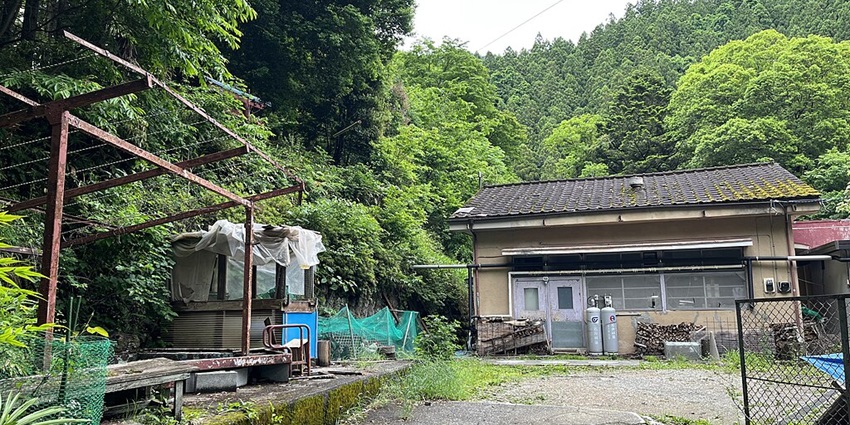
Photo: スティーブ・ミズキ / Wikimedia Commons / Image For Representation Only
Urban legends about Inunaki Village in Japan describe it as a secluded village where traditional laws don’t apply. Various mysterious events have been reported, and the nearby Inunaki Tunnel is also infamous for paranormal activities. The village is rumoured to be isolated from the rest of Japan, with stories suggesting that the Japanese constitution does not apply there. Visitors have reported eerie experiences, such as hearing disembodied voices and witnessing apparitions.
Major Attraction: Old Inunaki Tunnel
Nearest Airport: Fukuoka Airport
Nearest Railway Station: Kido-Nanzoin-Mae Station on the JR Sasaguri Line
3. Maruoka Castle
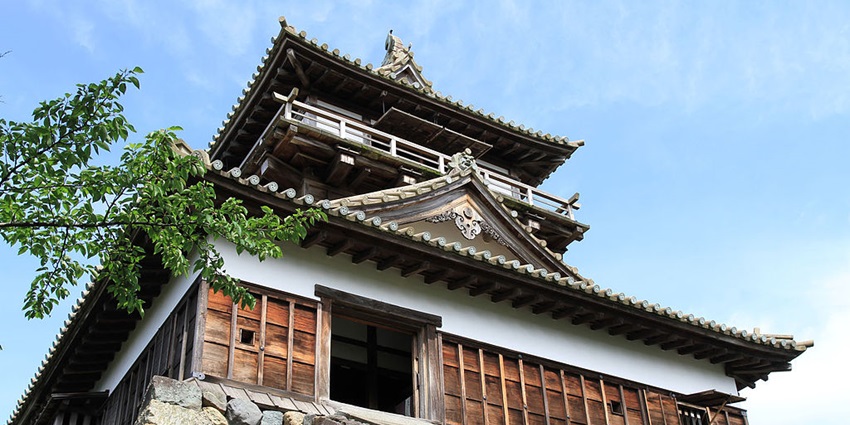
Photo: baku13 / Wikimedia Commons
Maruoka Castle, located in Sakai City, Fukui Prefecture, is one of Japan’s oldest surviving castles. It’s also known as “Kasumi-ga-jo” or “Mist Castle” due to a legend that a thick mist would appear to protect it from invaders. The castle’s main keep, constructed in 1576, remains intact, showcasing traditional Japanese architectural design. According to local lore, a woman named Oshizu was sacrificed during its construction to appease the gods, and her spirit is believed to haunt the castle.
Major Attraction: Castle’s original wooden keep
Nearest Airport: Komatsu Airport
Nearest Railway Station: Maruoka Station on the JR Hokuriku Main Line
4. Himeji Castle
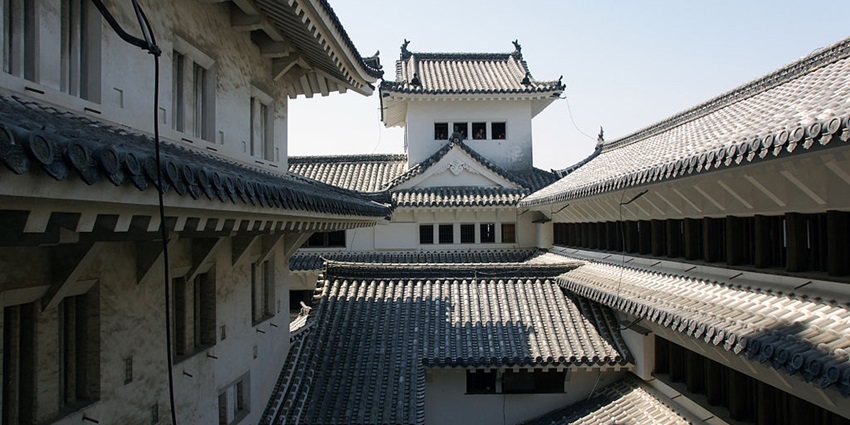
Photo: 663highland / Wikimedia Commons
Known as the “White Heron Castle,” Himeji Castle is well-known for its exquisite white exterior. It’s considered one of Japan’s most beautiful and well-preserved castles. The castle complex comprises 83 buildings, each intricately designed with defensive and aesthetic features. A notable legend associated with the castle is that of Okiku, a servant who was falsely accused of losing valuable dishes and was subsequently killed, her spirit is believed to haunt the castle’s well.
Major Attraction: Okiku’s Well
Nearest Airport: Kobe Airport
Nearest Railway Station: Himeji Station on the JR Sanyo Shinkansen Line
5. Ryokufuso Inn
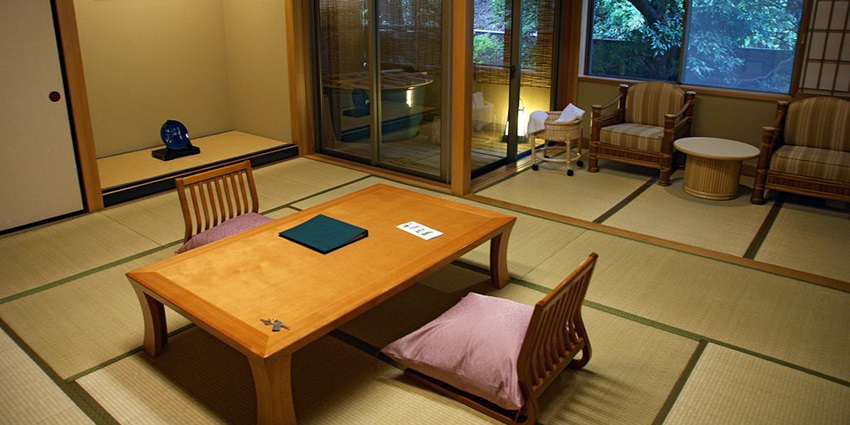
Photo: 663highland / Wikimedia Commons / Image For Representation Only
Ryokufuso Inn is a traditional Japanese ryokan located in Kyoto. It’s known for its authentic tatami rooms and warm hospitality. The inn offers guests a chance to experience traditional Japanese culture, including kaiseki meals and public baths. Some visitors have reported encounters with a zashiki-warashi, a playful spirit from Japanese folklore believed to bring good fortune. Guests have recounted experiences such as feeling gentle touches during the night or witnessing small, floating orbs of light.
Major Attraction: Inn’s traditional tatami rooms
Nearest Airport: Hanamaki Airport
Nearest Railway Station: Kindaichi-Onsen Station on the JR Hanawa Line
6. Kiyotaki Tunnel
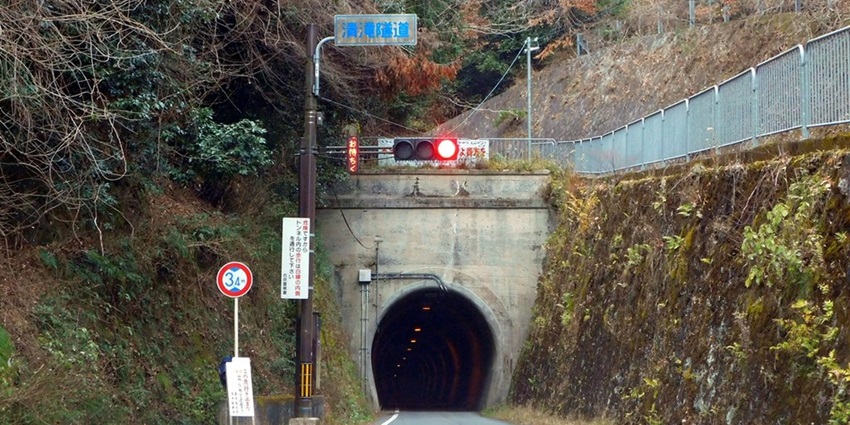
Photo: TR15336300101 / Wikimedia Commons
Located on the outskirts of Kyoto, the Kiyotaki Tunnel was constructed in 1927 and spans approximately 444 meters. Built during the Taisho era, it’s associated with various ghost stories and paranormal phenomena. The tunnel is infamous for its haunted reputation, with tales of ghostly apparitions and unexplained phenomena. Some legends claim that the length of the tunnel changes, measuring 444 meters—a number considered unlucky in Japanese culture due to its pronunciation similar to the word for “death.”
Major Attraction: The tunnel’s eerie ambience
Nearest Airport: Osaka Itami Airport
Nearest Railway Station: Saga-Arashiyama Station on the JR Sagano Line
7. Osorezan (Mount Osore)
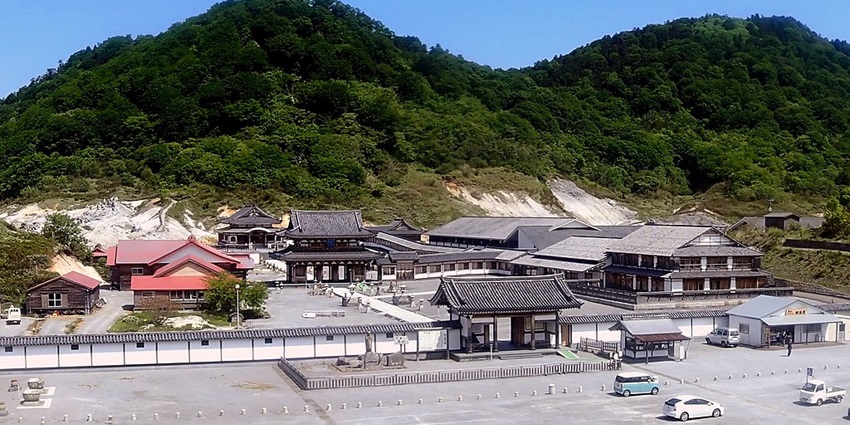
Photo: あおもりくま / Wikimedia Commons / Image For Representation Only
Situated in Aomori Prefecture, Osorezan, or “Mount Fear,” is considered one of Japan’s most sacred cities. The landscape features desolate volcanic terrain, sulfurous fumaroles, and the acidic Lake Usori, embodying both Buddhist visions of paradise and hell. The area has been a destination for pilgrims seeking to communicate with the deceased through mediums known as itako. The stark, otherworldly environment contributes to its reputation as a spiritual boundary between the living and the dead.
Major Attraction: The Bodaiji Temple
Nearest Airport: Misawa Airport
Nearest Railway Station: Shimokita Station on the JR Ominato Line
8. Toyama Park
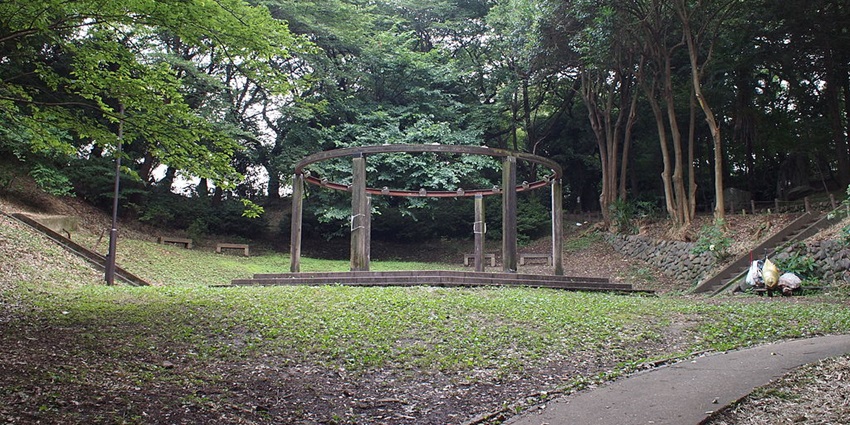
Photo: hiyang.on.flickr / Wikimedia Commons
Located in Tokyo’s Shinjuku ward, Toyama Park is divided into two areas: the Hakone Yama and the Totsuka area. The park is built on the site of a former military hospital, and there are rumors of paranormal activities, possibly due to its wartime history. During World War II, the area was reportedly used for medical experiments, adding a dark chapter to its past. This is why it is considered one of the most haunted places in Japan Tokyo.
Major Attraction: Walking paths
Nearest Airport: Tokyo Haneda Airport
Nearest Railway Station: Takadanobaba Station on the JR Yamanote Line
9. Oiran Buchi
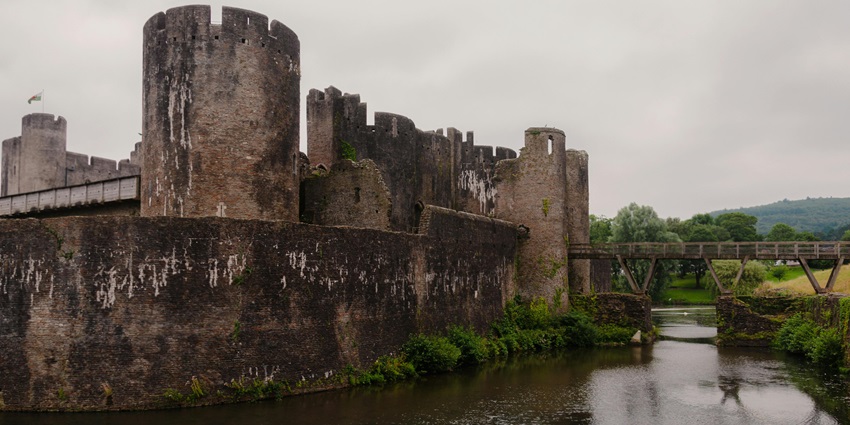
Photo: Lakruwan Rajapaksha / Pexels / Image For Representation Only
Oiran Buchi, located in Yamanashi Prefecture, is a gorge associated with a tragic legend. It’s said that during the Warring States period, to keep the location of local gold mines secret, 55 oiran (courtesans) were led to a platform over the gorge and executed. The name “Oiran Buchi” translates to “Courtesans’ Abyss,” reflecting this sorrowful history. Visitors have reported hearing the mournful cries of women and seeing ghostly figures near the site.
Major Attraction: Suspension bridge
Nearest Airport: Matsumoto Airport
Nearest Railway Station: Enzan Station on the JR Chūō Main Line
10. Round Schoolhouse (Numahigashi Elementary School)
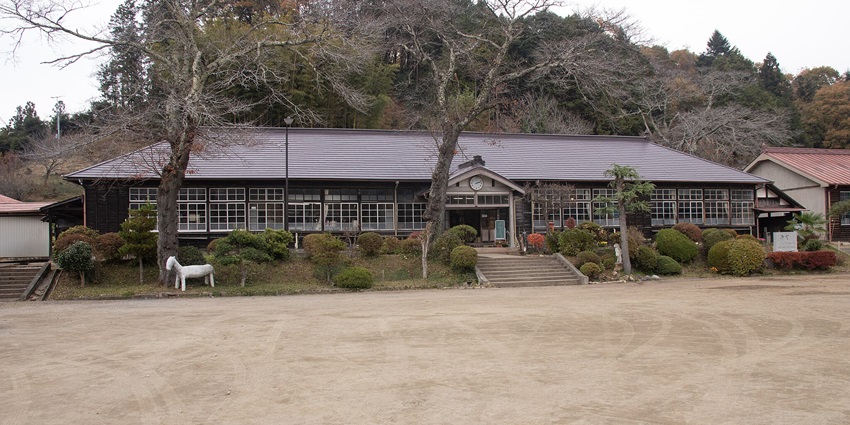
Photo: Σ64 / Wikimedia Commons / Image For Representation Only
Located in Bibai, Hokkaido, the Round Schoolhouse was originally built in 1906 and served the children of the nearby coal mine workers. The school is rumoured to be haunted, with tales of a young girl who disappeared during a class break. The unique round architecture of the abandoned schoolhouse draws urban explorers and those interested in paranormal activities. The remote location and decaying structure add to the eerie atmosphere.
Major Attraction: Abandoned schoolhouse draws
Nearest Airport: New Chitose Airport
Nearest Railway Station: Bibai Station on the JR Hakodate Main Line
Japan’s eerie legends and chilling tales make it a haven for thrill-seekers. From the dense, unsettling silence of Aokigahara Forest to the ghostly whispers in Kiyotaki Tunnel, these haunted places in Japan promise an unforgettable experience. Whether you’re an adventurer seeking the paranormal or a history buff intrigued by the past, these spots offer a glimpse into Japan’s supernatural side. Plan a trip with TripXL and dive into Japan’s mystery.
Cover Photo: Pille Kirsi / Pexels / Image For Representation Only


 WhatsApp
WhatsApp
 Twitter
Twitter









